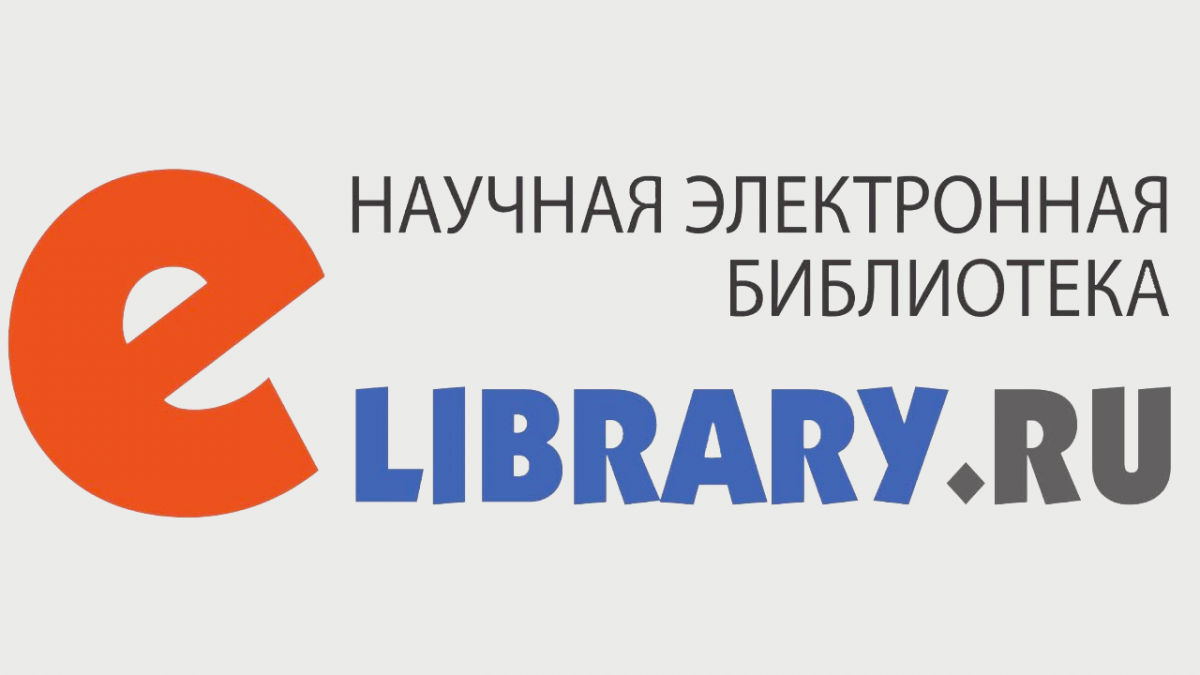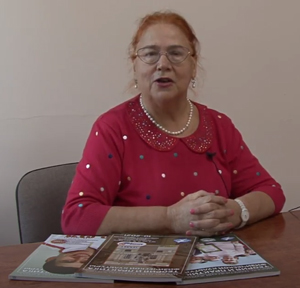‘Psycho-emotional booster’ kinesiological module: benefits for psychomotor fitness of 11-13-year-old racing skiers
ˑ:
Postgraduate D.E. Golovko
National Research Tomsk State University, Tomsk
Keywords: kinesiological module, psychomotor fitness, ski race, theoretical and practical trainings.
Background. Modern ski racing sport is getting increasingly competitive with the fast progress in the skiing styles, equipment, accessories and services. The skiing elite has to intensify the training systems and, hence, revise requirements to the individual kinesiological resource profiled by the relevant psychomotor performance test rates. Experts underline the growing need for excellent psychomotor fitness for competitive success [1, 2, 5, 6, 10]; and this is the reason why the national sport community gives a special priority to the new psychomotor fitness methods and tools and their benefits for the nervous system performance, stress tolerance, resource mobilizing under pressure, prestart fever control etc. for individual competitive progress [3, 4, 8, 9 ].
Objective of the study was to rate and analyze benefits of a new ‘Psycho-emotional booster’ kinesiological module training system to improve psychomotor fitness of the 11-13 year old cross-country racing skiers.
Methods and structure of the study. The study was run at Children and Youth Sport Schools (CYSS) #1 in Tomsk Oblast. We sampled for the study the 11-13 year old male racing skiers (n=40) and split them up into Experimental and Reference Groups (EG, RG) of 20 people each. We used the following research methods: analyses of the theoretical and practical literature on the subject; psychomotor fitness tests using a "Sports Psychophysiologist" Computerized Test System with the following tests: hand response to visual signal; response to auditory signal; hand tapping test; and the flashing frequency limit test; plus an educational experiment; and a standard mathematical data processing statistical toolkit.
Results and discussion. We developed the ‘Psycho-emotional booster’ kinesiological module training system with the combined training tools to improve the mental controls, psychomotor fitness and resource mobilizing skills of the sample: see Table 1.
Table 1. Elements of the new ‘Psycho-emotional booster’ kinesiological module training system
|
Practices |
Description |
Note |
|
Prone to jumps |
Trainee will jump from a prone position with straight arms tight to the sides in response to an auditory signal (whistle, clap, etc.) |
15 reps |
|
Recumbent to jumps |
Trainee will jump from a recumbent position with arms tight to the sides as soon as possible in response to a visual signal |
15 reps
|
|
Front rushes on the move |
Trainee will stand with the straight arms tight to the sides, and rush to a mark on a visual right/ left signal and come back as soon as possible – to immediately respond to a new signal. The right/ left run distances are the same (3/5 m) |
3 right reps, 3 left reps
|
|
Back forward rushes on the move |
Trainee will stand back to the run track with the straight arms tight to the sides, rush to a mark on a visual right/ left signal and come back as soon as possible – to immediately respond to a new signal. The right/ left run distances are the same (3/5 m) |
3 right reps, 3 left reps
|
To EG and RG training microcycles were designed to simulate the competitive workloads with the relevant psychomotor fitness support, rehabilitation and improvement tools. Both groups were trained up to 2 hours 4 times a week using the even, interval, repetitive and competitive training formats. The training model testing experiment took 1 year. Given in Table 2 hereunder are the EG versus RG training systems.
Table 2. EG versus RG training systems
|
Training element |
Time |
RG |
EG |
|
Pre-training warm-up |
30 min |
Even aerobic skiing, general physical progress exercises, runs, gym practices |
‘Psycho-emotional booster’ exercises followed by even skiing; ‘Psycho-emotional booster’ exercises followed by the core training part |
|
Precompetitive warm-up
|
30 min |
general physical progress exercises, relaxed skiing |
‘Psycho-emotional booster’ exercises followed by even skiing |
Given in Table 3 hereunder are the EG versus RG progress test rates.
Table 3. Pre- versus post-experimental psychomotor fitness test data of the sample
|
Test |
Test stage |
EG (n=20) |
RG (n=20) |
р |
|
|
|
|||
|
Response to visual signal, s |
Pre-exp. |
0,37±0,07 |
0,35±0,04 |
> 0,05 |
|
Post-exp. |
0,22±0,09 |
0,37± 0,08 |
˂ 0,05 |
|
|
р |
0,04 |
0,8 |
||
|
Response time, s |
Pre-exp. |
0,461±0,075 |
0,459±0,085 |
> 0,05 |
|
Post-exp. |
0,323±0,040 |
0,421±0,055 |
˂ 0,05 |
|
|
р |
0,04 |
0,4 |
||
|
Visual signal time, s |
Pre-exp. |
3,8±0,7 |
4,3±0,5 |
> 0,05 |
|
Post-exp. |
2,4±0,5 |
4,4±0,3 |
˂ 0,05 |
|
|
р |
0,03 |
0,6 |
||
|
Auditory signal time, s |
Pre-exp. |
7,8±0,6 |
7,6±0,4 |
> 0,05 |
|
Post-exp. |
3,8±0,7 |
6,4±0,6 |
˂ 0,05 |
|
|
р |
0,01 |
0,6 |
||
|
Tapping test, taps per min |
Pre-exp. |
52,3±7,5 |
48,5±8,7 |
> 0,05 |
|
Post-exp. |
62,3±8,6 |
55,59±10,2 |
˂ 0,05 |
|
|
р |
0,03 |
0,04 |
||
|
Flash frequency limit test, s |
Pre-exp. |
24,2±6,4 |
25,6±5,2 |
> 0,05 |
|
Post-exp. |
18,3±4,2 |
26,6±4,6 |
˂ 0,05 |
|
|
р |
0,02 |
0,5 |
||
|
Flash distinguishing frequency, s |
Pre-exp. |
32,5±5,3 |
30,6±4,8 |
> 0,05 |
|
Post-exp. |
21,3±2,4 |
30,2±4,5 |
˂ 0,05 |
|
|
р |
0,03 |
0,5 |
||
The high psychomotor fitness subgroup in the RG was tested to stay unvaried at 25%, with the moderate and low progress subgroups in the RG tested to grow from 25% to 30% and fall from 50% to 45% for the test period, respectively. It should also be mentioned that the EG made a good competitive progress in the municipal/ regional competitions – versus no progress in the RG.
Conclusion. The new ‘Psycho-emotional booster’ kinesiological module training system testing experiment was found beneficial for the 11-13 year old racing skiers’ trainings as verified by the significant progress of the EG versus RG in the psychomotor fitness test rates and competitive events for the test period. It gives us good ground to recommend the new ‘Psycho-emotional booster’ kinesiological module training system for application in other sports for the stress tolerance, psychomotor fitness progress and competitive performance improvement purposes.
References
- Balsevich V.K. Human Ontokinesiology. Moscow: Teoriya i praktika fizicheskoy kultury, 2000. 275 p.
- Bernstein N.A. Essays on movements physiology and activity physiology. Moscow: Meditsina publ., 1996, 166 p.
- Golovko D.E., Zagrevskaya A.I. Individual kinesiological resource mobilizing in training process. Teoriya i praktika fiz. kultury. 2019. No. 11. pp. 80-82.
- Zagrevskaya A.I. Anthropic educational technologies in physical education. Proc. IV national research-practical conference. Kozma Minin Nizhny Novgorod State Pedagogical University. 2018. pp. 281-287.
- Zagrevskiy V.I., Zagrevskiy O.I. Biomechanical system elements: axial rotation profiling model with preset angular orientation parameters. Teoriya i praktika fiz. kultury . 2017. No. 4. pp. 83-85.
- Korenberg V.B. Lectures on sports biomechanics with elements of kinesiology. Study guide. [Electronic resource]. Moscow: Sovetskiy sport publ., 2011. 206 p.
- Koryagina Yu.V., Nopin S.V. Hardware and software complex "Sports psychophysiologist" (APC "Sports psychophysiologist") No. 2010617789. Computer programs ... (official bul.). 2011. No. 1v. 2. P. 308.
- Lubysheva L.I. V.K. Balsevich - founder of Russian ontokinesiology. BEREGINYa.777.SOVA, 2013. No. 1 (16). pp. 189-191.
- Ozerov V.P. Psychomotor abilities of person. Dubna: Feniks publ., 2002. 320 p.
- Surkov V.I. Athlete’ psychomotor skills. Moscow: Fizkultura i sport publ., 2007. 127 p.
Corresponding author: golowkodenisewgenevich@inbox.ru
Abstract
Objective of the study was to rate and analyze benefits of a new ‘Psycho-emotional booster’ kinesiological module training system to improve psychomotor fitness of the 11-13 year old cross-country racing skiers.
Methods and structure of the study. The study was run at Children and Youth Sport Schools (CYSS) #1 in Tomsk Oblast. We sampled for the study the 11-13 year old male racing skiers (n=40) and split them up into Experimental and Reference Groups (EG, RG) of 20 people each. We used the following research methods: analyses of the theoretical and practical literature on the subject; psychomotor fitness tests using a "Sports Psychophysiologist" Computerized Test System with the following tests: hand response to visual signal; response to auditory signal; hand tapping test; and the flashing frequency limit test; plus an educational experiment; and a standard mathematical data processing statistical toolkit.
Results of the study and conclusions. The new ‘Psycho-emotional booster’ kinesiological module training system testing experiment was found beneficial for the 11-13 year old racing skiers’ trainings as verified by the significant progress of the EG versus RG in the psychomotor fitness test rates and competitive events for the test period. It gives us good ground to recommend the new ‘Psycho-emotional booster’ kinesiological module training system for application in other sports for the stress tolerance, psychomotor fitness progress and competitive performance improvement purposes.



